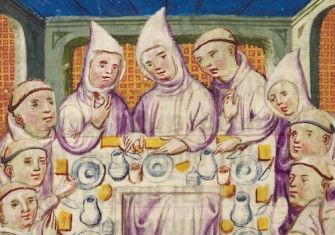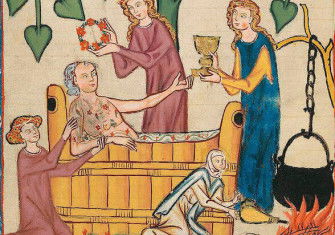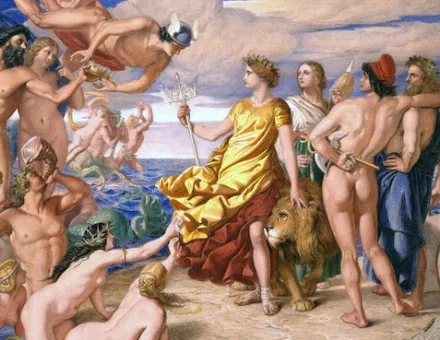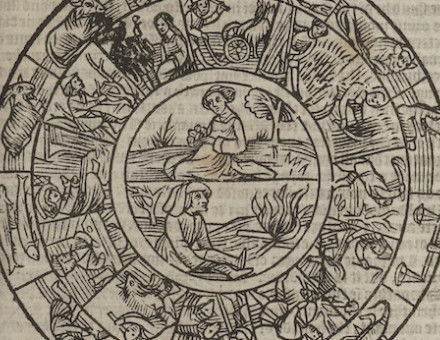Real Monks Cry: Masculinity in the Monastery
How did medieval holy men cope with the strictures their devotion placed upon them?
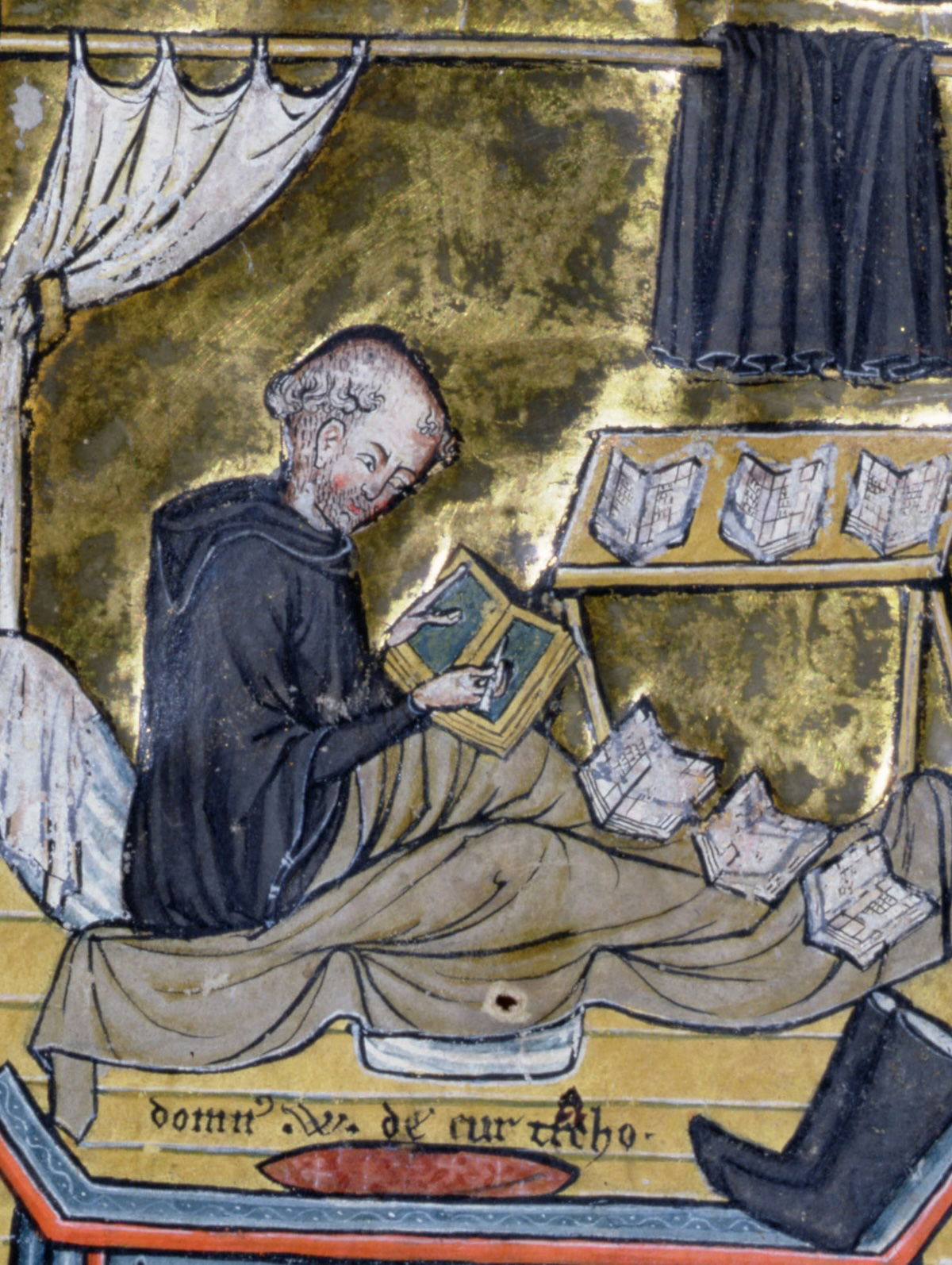
Gerald of Aurillac was an unusual man, and an even more unusual saint. As a nobleman, living during the second half of the ninth century, he held the secular responsibility of governing the region of Aurillac in the splintering Frankish kingdoms. But his hagiography, written by Odo of Cluny in the tenth century, claimed that he did not take to his lordly life with gusto: he did not enjoy feasting or hunting and his famous military triumph was achieved by instructing his men to fight with the backs of their swords. Most strikingly of all, however, was Gerald’s paranoia about preserving his chastity. So much so that if he ever had the misfortune of dealing with an unwanted ‘nocturnal illusion’, he had a servant bring him a prepared change of clothes, a cloth, and a vessel of water because he ‘so fled from that staining of the body that he washed away what happened to him in sleep not only with water but with tears’.




